When you were growing up, chances are, you learned about the 5 senses: sight, sound, smell, touch, and taste. It might surprise you to learn that there are actually 8 sensory systems. And that all 8 of them are integral to a child's development and daily life.
Learning more about the sensory systems allows you to recognize what part they play and how to provide sensory input for each one. It also allows you to begin teaching children about this aspect of their bodies. Understanding their own sensory systems and their unique response to each one is one step towards them regulating their responses and behaviours.
The 8 Sensory Systems:
Visual (Sight)
The visual sensory system is what we take in with our eyes. Our sense of sight gives us visual cues that allow us to discriminate objects and people.
Auditory (Sound)
When working as it should, the auditory system allows us to hear and to filter out sounds that we do not need. In children or adults with Sensory Processing Disorder, there may be difficulty in filtering out unwanted sounds.
Olfactory (Smell)
The olfactory system is our body's sense of smell. It does more than just “smell the roses” though. It influences and is closely connected to our sense of taste and it is tied directly to emotional memories in our brain. Pretty cool stuff for a nose!
Tactile (Touch)
The tactile system uses the receptors in our skin and mouth to determine both that we did touch something and using tactile clues to distinguish what we touched. The tactile system also allows us to sense what type of touch is occurring (light touch, pressure, pain, hot, or cold).
Gustatory (Taste)
Also sometimes referred to as the oral system, the gustatory sensory system is responsible for our perception of taste and flavours. Using the taste cells on our tongue along with the gustatory cortex (located in the brain) and several cranial nerves, we can taste salty, sweet, bitter, sour, and umami.
Proprioception
The proprioception system is located in our muscles and joints. It gives us a sense of body awareness and allows us to detect force and pressure. It is triggered when we exert force such as pushing, pulling, or jumping.
Vestibular
Located in the middle ear, the vestibular system is our sense of balance and motion. It gives us the ability to recognize our spatial awareness.
Interoception
The interoception system is comprised of internal sensors that let us know what our internal organs are feeling. Hunger, thirst, temperature, and needing to go to the bathroom are examples of things controlled by our interoception sensory system.
Clear as mud?! While learning about sensory processing may feel overwhelming at first, the more you read and learn, the more you'll understand. It truly becomes fascinating after awhile.
If you're new on the journey of sensory processing, our Sensory Processing Starter Kit has everything you need to grasp this new language and world and to best help your child.
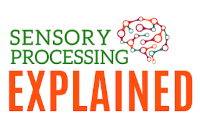
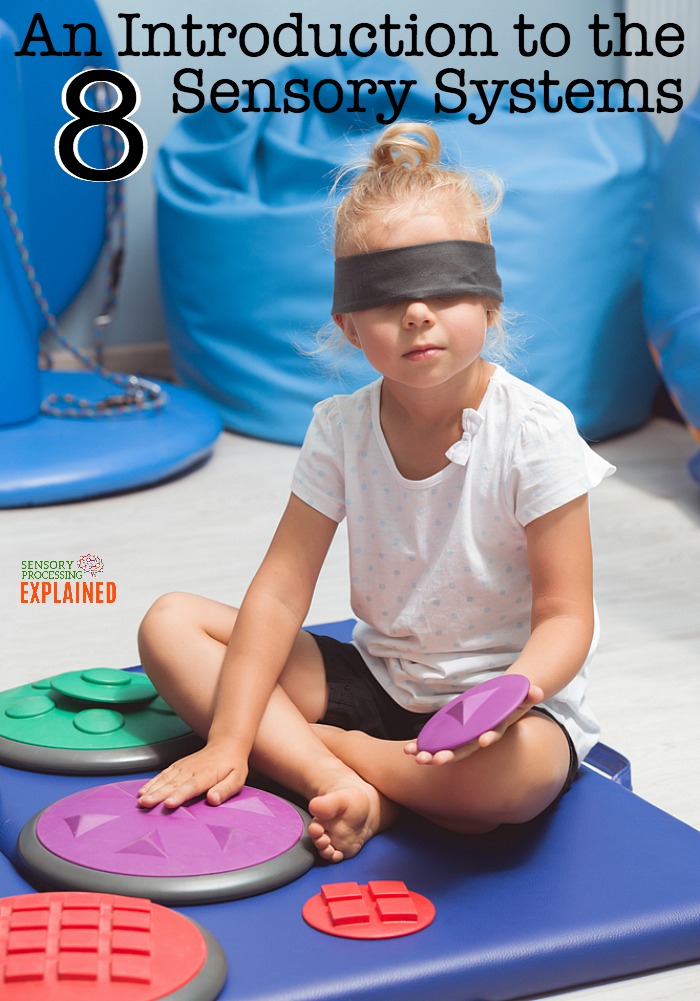
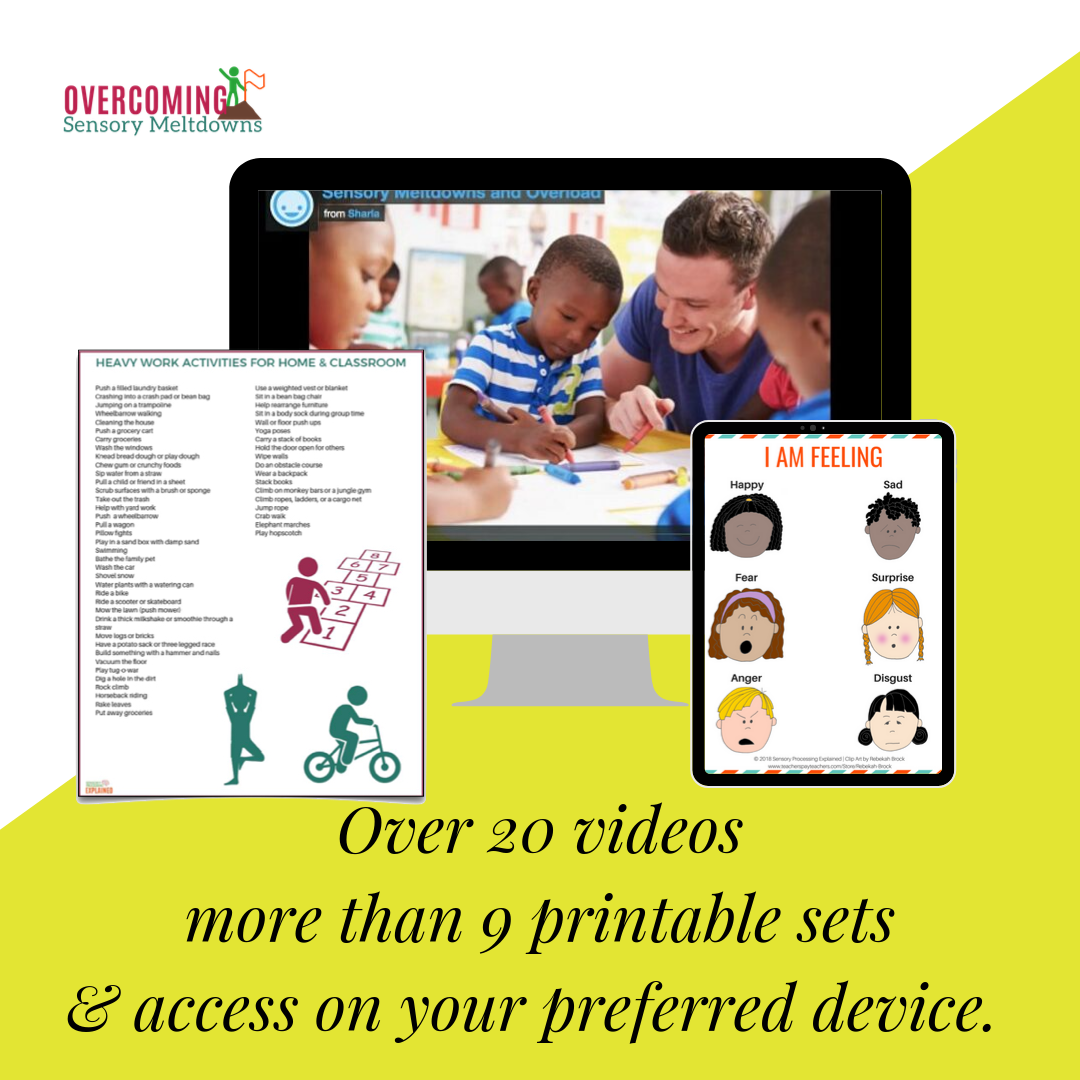

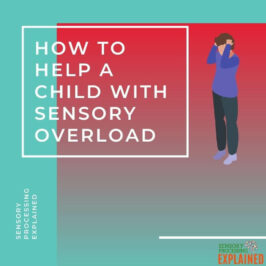
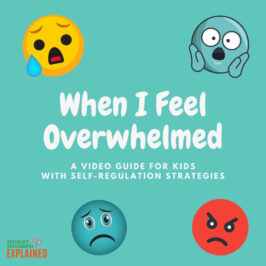
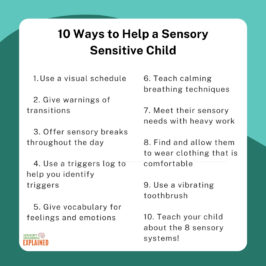
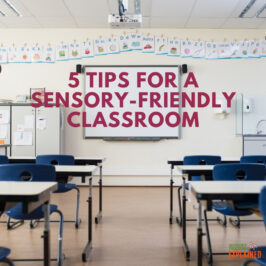
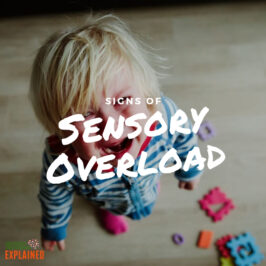
Leave a Reply